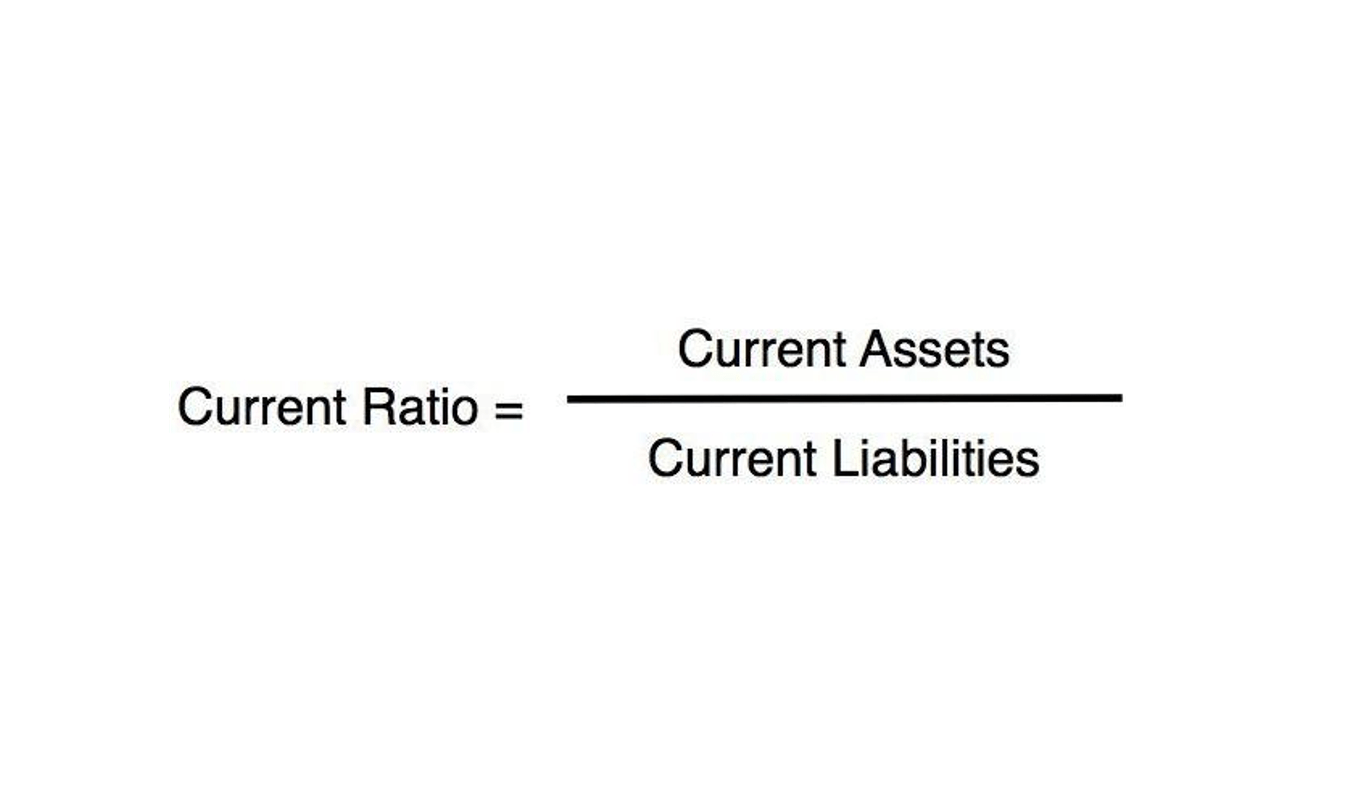Understanding Roman Numerals: History, Rules, and Examples

While you can make MM stand for millions of anything, it’s important that the reader knows whether you’re talking about dollars, euros, units shipped, etc. If, say, you use it for both units and dollars in the same document, separate the different categories so your readers don’t get confused. While you can make MM stand for millions of anything, it’s important that the reader knows whether you’re talking about dollars, euros, units shipped, etc.
- If, say, you use it for both units and dollars in the same document, separate the different categories so your readers don’t get confused.
- For example, if a company has revenue of $45,000,000, it can be written as $45MM.
- The Roman numerals MM are frequently used to designate that the units used in presenting information (financial and non-financial) are in millions.
- Therefore, “10 MM USD” is simply US$10 million, or US$10,000,000.
- In contrast, the Hindu-Arabic system is highly efficient for arithmetic operations and can represent any number, including decimals and fractions.
Beyond the thousands

The largest number you can write in Roman numerals is 3,999 which is MMMCMXCIX. You can represent numbers larger than 3,999 in Roman numerals using an overline. An overline on a Roman numeral means you are What is bookkeeping multiplying that Roman numeral by 1,000. For the number 50,000 in Roman numerals you would use the Roman numeral L (50) with an overline to make it 50,000. Simply type in either a Roman numeral or a modern-day number in the relevant box, click convert, and the conversion will appear in the other box instantaneously.
Why is 2004 Written in Roman Numerals as MMIV?

Rather than writing $400,000,000 or $400 million, the accountant can use the MM abbreviation and write $400MM instead. You have to be careful when using it or interpreting it because MM can stand for other things too. The breaking down of Roman numerals into parts and then converting them into what does mm mean in roman numerals numerals is what we call the expansion method. The expansion method is the breaking down of Roman numerals into numerical form and adding them to get the final number. Yes, MM is recognized globally in the world of finance and accounting to represent one million. However, it’s important to note that it may be less known in areas where the use of Roman numerals is not common and in non-English speaking countries who may use other abbreviations.
- The MM is used widely in the oil and gas business; it stands for “a thousand thousands”.
- Adding XXXVIII to XLIV requires much more effort than simply calculating 38 + 44 with Arabic numbers.
- Well into the early 20th century, the use of a final “j” was still sometimes used in medical prescriptions to prevent tampering with or misinterpretation of a number after it was written.
- Despite being quite cumbersome compared to modern 0-9 numbers, Roman numerals are still found in a surprisingly wide variety of places.
What is the full form of 10 mm USD?

The highest number that can be expressed in pure Roman numeral form is 3,999 which is written as MMMCMXCIX. However, you may find that certain numbers aren’t written as you would expect, and why aren’t big numbers written as an extremely long line of letters? A chart with the Roman numerals 1-20, as well as the symbols for 50, 100, 500 and 1,000. They are still used today in various contexts, such as numbering the chapters or sections of books, indicating the copyright dates of movies and TV shows, and in clock faces. The story of Roman numerals began in ancient Rome around the 8th-9th century BC, growing from an earlier number system used by the Etruscans. These numbers were the main way people counted throughout Europe until the 14th century, when they started using the numbers we know today.
- This tampering could be achieved by adding one or more “i” characters onto the end, such as changing “i” to “iii” for example, which would be fairly easy to do.
- The barred M was necessary because the Romans didn’t use zero, and they didn’t like using more than three identical letters in a row.
- The theory suggests that the Romans developed this system adding ‘L’, ‘C’, ‘D’ and ‘M’ to represent 50, 100, 500 and 1000.
- Their method worked well for astronomy calculations and tracking the stars.
- Once you get used to it, it makes the Roman numerals much easier to read quickly, as they are shorter than they otherwise could have been.

This means we break the Roman numerals into smaller groups, which makes it easier to work with. This method groups the Roman Accounting for Technology Companies numerals logically, and then we write the numbers for each group. As in all such matters, the origin of the Roman numeral system of numerical notation is obscure, although the changes in their forms since the 3rd century BCE are well known. Roman numerals were likely developed as a result of a need for a common method of counting in order to better conduct trade. For example, if a company has revenue of $45,000,000, it can be written as $45MM. This makes financial documents easier to read and understand, particularly when dealing with large numbers.
